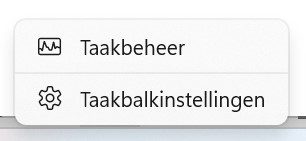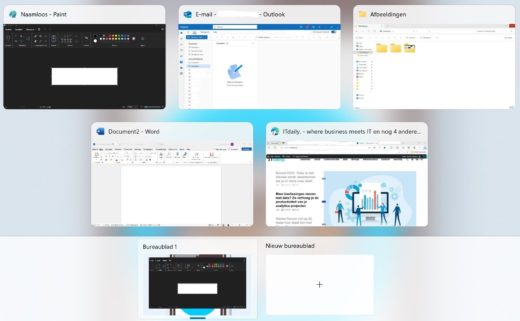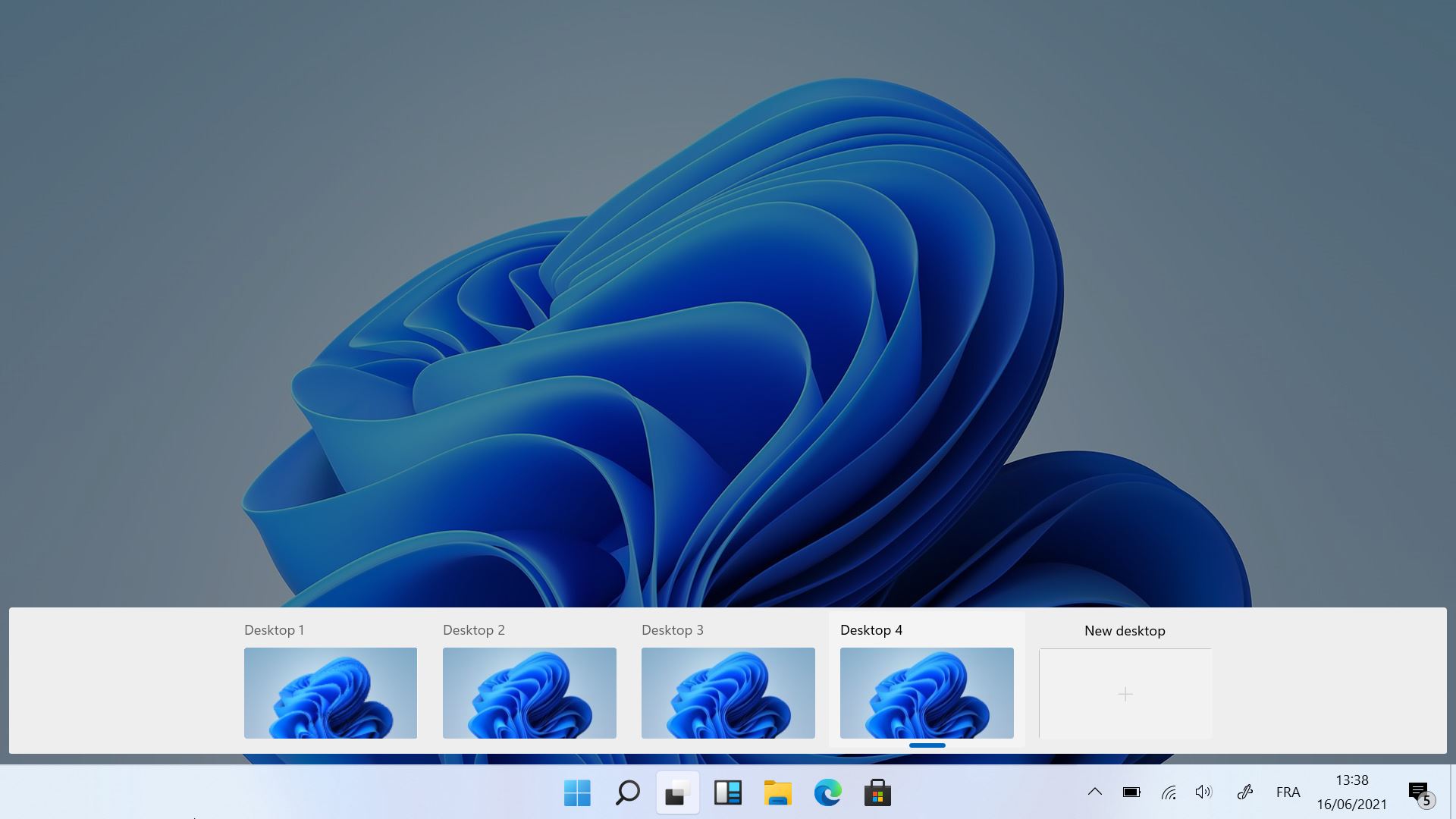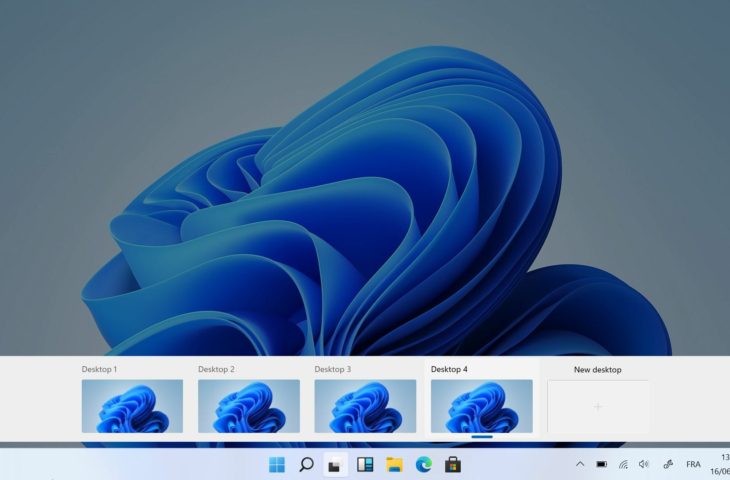Sometimes it can make sense to work in different screens. For example, if you’re working on multiple projects at the same time, this can be really beneficial. Not everyone has two or more physical screens, but luckily there’s a digital solution for Windows 11.
Not everyone enjoys the benefit of working with an additional screen (or two additional screens). This is even more true for those who work hybrid, as setting up at home is often easier than in the office. Can you only work on one desktop? Fortunately, definitely not. We’ll show you how to quickly set this up in Windows 11.
-
Step 1 – Activate
The button for this feature may already be on your taskbar. If that’s not the case, you can easily find it. Then right-click on the taskbar using the mouse or touchpad and click Taskbar settings At. Then activate the function by activating it here. In both cases it is the icon with the black, gray and white area.


-
Step 2 – Getting Started
To get an additional desktop, there are two different but simple options. When you hover over the icon, you’ll immediately see the New Desktop option as a gray frame with a plus symbol inside. Or you can click on this desktop icon and see all your tabs on the first desktop, along with this gray frame. You still click on it to create a second desktop.

Once you’ve done that and hover over the desktop again, you’ll see the first desktop, the new one, and the option to open a third one. Depending on what you need, you can repeat this a few more times. But of course, keep it clear.
-
Step 3 – Practical Approach
Now you can get started with the new desktop. As mentioned, this is especially useful when working on multiple projects at once. This allows you to open relevant websites, files, or applications for each project you’re working on.
Of course it’s a virtual second screen, you’re still working on the same computer. So, for example, when you download something, it doesn’t end up in a second downloads folder. You can then easily find this file in the corresponding folder on any desktop.
Unfortunately, not everything can be opened via the desktop. For example, the Teams app only runs on a desktop. You can open apps like Word or Excel on your desktop, but this doesn’t apply to specific files. If you open a Word document on Desktop 2 that is already active on Desktop 1, you will immediately be taken back to Desktop 1.
This is therefore not a perfect solution and cannot compete with the benefits of a second or third screen. However, if you want to easily switch between different projects, this is an easy alternative to keep track of things without having to invest in additional hardware. Work on that photo series on Desktop 1, schedule that one meeting with the necessary notes on Desktop 2, and edit a blog post on Desktop 3. And of course, on Desktop 4, open ITdaily to read something every now and then.
















